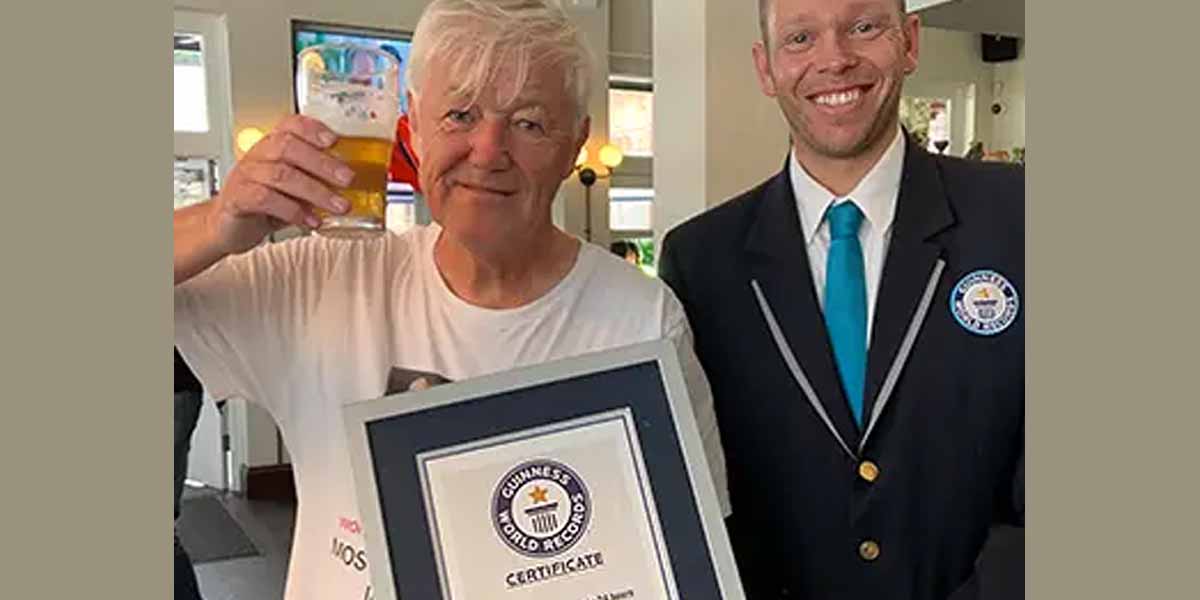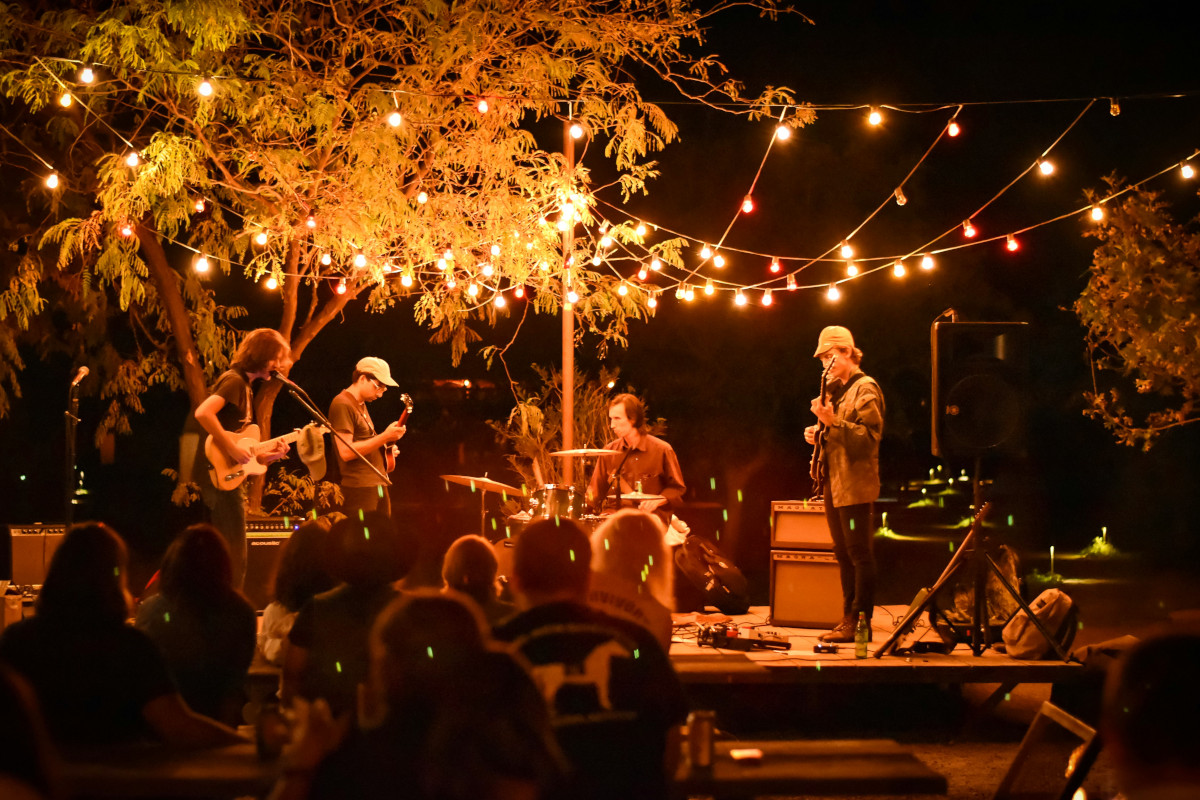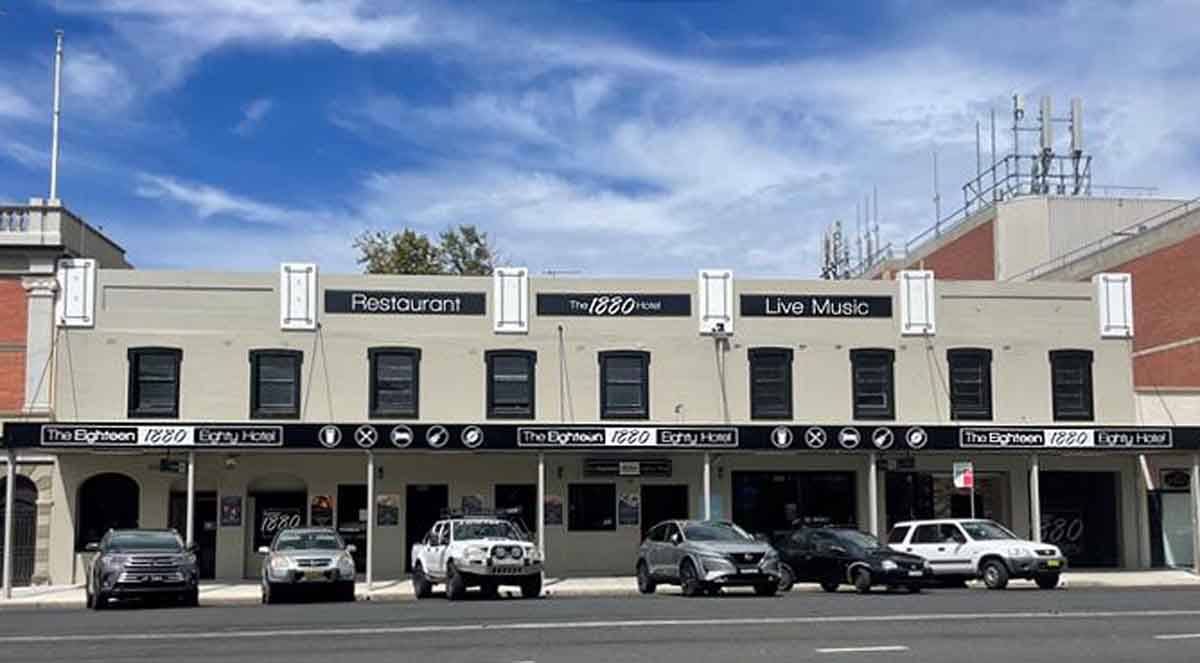Built on a passion for beer appreciation above and beyond merely brewing the stuff, 4 Pines has released another special edition ‘Black Box’ nod to beer history. GM Jaron Mitchell spoke with PubTIC about the origins of the concept and the beers.
Located on Sydney’s idyllic northern beaches, 4 Pines Brewing is one of the handful of truly successful Australian start-up breweries of the past decade to transcend the ‘enthusiast’ persona to become a serious player in its own right.

Recognising a product is more than what’s produced in the vats, Mitchell says they actively work to bring the consumer to a broader understanding.
“A big part of what we love doing is explaining beer styles and their histories, and taking beer lovers on a journey.
“For us, it’s not just about the beer that’s in your glass. It’s about the techniques and process, and the stories surrounding it. It’s about the challenges our brewers faced today, brewing four dark beers.”
PubTIC: How does the latest release fit in with this?
“Our Keller Door small-batch releases are a way for our brewers to unleash their naturally creative sides. They challenge us by using different techniques and brewing different beer styles. We started this last year with our first box release, the Bastard series, now it’s the Black Box of Dark Ales.
“The history of dark beers is rather foggy, convoluted and contradictory, and we wanted to take beer drinkers on a path to enlightenment, uncovering some of these tales.”
The Black Box of Dark Ales is a limited edition box set (4 x 500mL) that tempts consumers to go beyond simply enjoying a beer and delve further into some of the diversity and background that has captured the imagination of the modern beer market.
Amongst the most under-appreciated and ancient of styles, the 4 Pines box set offers tales of ancient monasteries in Germany, fog-laden London and the pioneering Pacific North West.
Black Box of Dark Ales
Schwarzbier
If you wanted a dark beer in the 16th Century, a windswept monastery in the Bavarian mountains was the place to be. The monks must have dreaded the winter winds blowing up their cassocks so thoughts no doubt turned to a comforting beer. In the case of the monks of Kulmbach, it was Schwarzbier.
These thirsty Augustine monks perfected the ‘black beer’ that would soon become famous. Yet their beer, still brewed today, may have had an even earlier start; a 3,000-year-old Celtic tomb discovered in the region contained the remains of a black beer, so if any place in the world can lay claim to being ground zero in the birth of dark beer, it is here.
Coffee Porter
Porter was born in London circa the 1720s, but the rest of the story is murkier than a London fog. Was it named after a Dutch drink called ‘Poorter’ or thirsty market porters? Did porter really start its life as ‘Thrale’s Intire’ or was it a combination of three different ales called ‘Three Threads’?
There is probably a pint or two of truth in all of these stories. We do know that the golden years of the 18th Century saw huge vats of the black stuff tower over London, and Baltic porter – a more robust version – shipped across Arctic seas.
But while we will never shine a light on the definitive history of this libation, it does make for a ripping yarn.
Black IPA
And in the red corner: Portland, Oregon! Nestled amidst the largest hop-producing regions in America, this area of the Pacific north-west is also known as ‘The Peoples Republic of Cascadia’.
The residents have longed desired to secede from the Union over hop grievances, and they’ll be damn well taking their beer with them – the Cascadian Dark Ale, originally brewed in Portland, Oregon in 2007.
But to fan the flames of revolution further, there’s the little issue of who brewed it first: Portland, or Vermont? Add the US Brewers Association decision to ban the name ‘Cascadian’, as it was felt to promote an air of ‘regional exclusivity’, and you have pistols at dawn.
So Black IPA it is, then.
Russian Imperial Stout
Imbibed from Battersea to the Baltic.
In 18th Century London, few suspected that a rather strong porter would rise to be the toast of Russian royalty. The reason for this success, as one story goes, is that a greater amount of alcohol and hops was used to fortify the brew for its journey through Arctic waters. Another is that our Russian friends simply liked a stronger drop.
Whatever the reason, once Catherine II, Empress of all Russia, tasted this alcoholic alchemy she championed the black libation and Russian Imperial Stout was born.
The drink, no longer called a porter due to its stronger, more ‘stout’ nature, was reputed to keep for seven years. Fat chance in Imperial Russia!
Tasting Notes:
Schwarzbier –25 IBU / 4.3 per cent ABV
The classical dark German lager balances roasted yet smooth malt flavours with moderate hop bitterness. The lack of a harsh or heavy aftertaste helps make this beer extremely drinkable.
Coffee Porter –22 IBU / 4.5 per cent ABV
Cor blimey! A collaboration with Single Origin Roasters has produced a porter that’s dark brown in colour, rich and robust in flavour and has a distinct roasted coffee aroma with fruity, chocolate notes. Luvly jubly!
Black IPA 77 IBU / 6.3 per cent ABV
Born from a brewing civil war, its dry hop-forward balance is complemented by stone fruit, tropical and citrusy characters. Dark in colour but without strongly roasted or burnt flavours, this is probably the first secession ale.
Russian Imperial Stout 60 IBU / 8.5 per cent ABV
The big, intensely-flavoured dark ale has roast malt characteristics with deep, dark dried food flavours, and a warming, bittersweet finish.
Like Russia, it can’t be conquered – only enjoyed briefly before beating a retreat.







